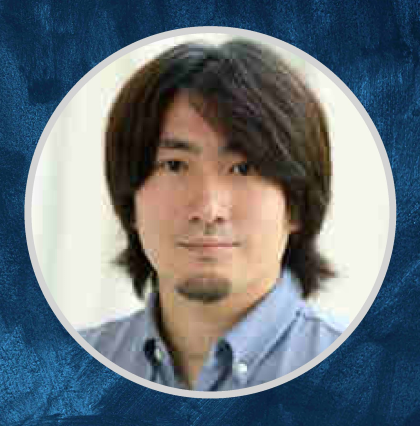Department of Biology Special Seminar: Yasuhiro Arimura
Who can attend?
- Faculty
- Staff
- Students

Description
Yasuhiro Arimura, a member of the Laboratory of Chromosome and Cell Biology at the Rockefeller University, will give a Special Seminar titled "Sub-Nanometer Resolution Structural Features of Chromatin-Related Complexes in Chromosomes" for the Department of Biology.
Abstract:
Eukaryotic chromatin dynamically changes its structure during the cell cycle and cellular differentiation. The structures of chromatin and chromatin-associated complexes are thought to be instrumental in exerting their specific functions. However, we have yet to visualize these structures at the sub-nanometer resolution, and thus we are far from understanding the structural basis of their functions. To address this significant problem in the chromatin biology field, I am developing cryo-EM-based methods to analyze sub-nanometer-resolution chromatin structures formed in cellular environments. The first method is to isolate intact chromosome-associated complexes amenable to cryo-EM from interphase and metaphase chromosomes. The cryo-EM analysis demonstrated that the nucleosomes in chromosomes are characterized by octameric histone core with left-handed DNA wrapping independent of DNA sequence and cell cycle. In addition, I enabled quantitative assessment of the structural variation of chromosomal nucleosomes and revealed that linker histone H1.8 binds to the nucleosome dyad preferentially in metaphase. However, although >100 proteins were detected by mass spectrometry in the nucleosome fractions used for structure analysis, the structures of these nucleosome-bound proteins could not be determined except for the most abundant H1.8. To solve this problem, I am developing another new method: Magnetic Isolation and Concentration (MagIC)-cryo-EM. In this method, chromatin complexes containing the target molecules are isolated by ChIP using small magnetic beads optimized for 'on-beads' cryo-EM single particle analysis. The magnetic beads have optimized spacer modules, which are essential for avoiding noise signals around beads and providing space between captured target complexes. By concentrating the magnetic beads on cryo-EM grids using a magnetic force, the sample loss during the grid freezing process is significantly reduced. The required sample amount for MagIC-cryo-EM is only 10~40 ng and equivalent to the widely used ChIP-seq, suggesting that chromatin proteins that have been analyzed by ChIP-seq might be ideal targets for MagIC-cryo-EM. Combining multidisciplinary efforts, I will enable the sub-nanometer resolution structural analyses of chromatin and chromatin-associated complexes and provides explanations of how these structures affect cellular differentiation, diseases, and clinical treatments.
Who can attend?
- Faculty
- Staff
- Students







